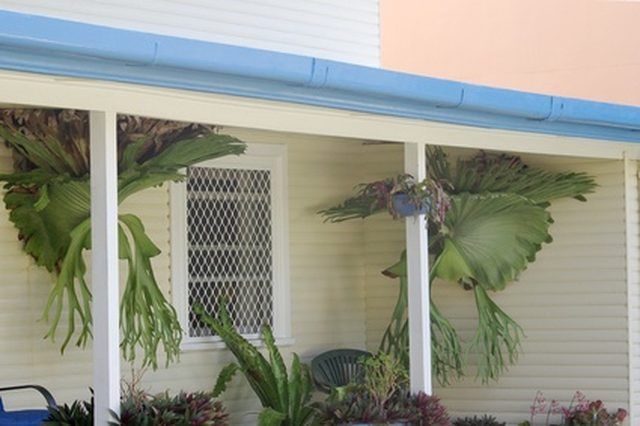Bulbs
Flower Basics
Flower Beds & Specialty Gardens
Flower Garden
Garden Furniture
Garden Gnomes
Garden Seeds
Garden Sheds
Garden Statues
Garden Tools & Supplies
Gardening Basics
Green & Organic
Groundcovers & Vines
Growing Annuals
Growing Basil
Growing Beans
Growing Berries
Growing Blueberries
Growing Cactus
Growing Corn
Growing Cotton
Growing Edibles
Growing Flowers
Growing Garlic
Growing Grapes
Growing Grass
Growing Herbs
Growing Jasmine
Growing Mint
Growing Mushrooms
Orchids
Growing Peanuts
Growing Perennials
Growing Plants
Growing Rosemary
Growing Roses
Growing Strawberries
Growing Sunflowers
Growing Thyme
Growing Tomatoes
Growing Tulips
Growing Vegetables
Herb Basics
Herb Garden
Indoor Growing
Landscaping Basics
Landscaping Patios
Landscaping Plants
Landscaping Shrubs
Landscaping Trees
Landscaping Walks & Pathways
Lawn Basics
Lawn Maintenance
Lawn Mowers
Lawn Ornaments
Lawn Planting
Lawn Tools
Outdoor Growing
Overall Landscape Planning
Pests, Weeds & Problems
Plant Basics
Rock Garden
Rose Garden
Shrubs
Soil
Specialty Gardens
Trees
Vegetable Garden
Yard Maintenance
Staghorn Fern Care & Feeding
Staghorn Fern Care & Feeding. Staghorn ferns, also called platyceriums, come from tropical areas in Africa, Australia and Asia. Multiple varieties of staghorn ferns exist, but they come from similar regions and require similar care. Staghorn ferns make attractive decorations and just require some simple care and feeding.

Staghorn ferns, also called platyceriums, come from tropical areas in Africa, Australia and Asia. Multiple varieties of staghorn ferns exist, but they come from similar regions and require similar care. Staghorn ferns make attractive decorations and just require some simple care and feeding.
Planting Area
Staghorn ferns naturally tend to grow on tree branches, tree trunks and on rocks, according to the University of Florida. Their roots thrive with lots of air exposure. When planting staghorns at home, provide a planting material with plenty of free-flowing air. Marthastewart.com recommends planting the ferns in a light moss, and you can also plant them in their natural growing spaces, like on backyard tree branches or rocks in a decorative bowl.
Moisture
Staghorn ferns like lots of moisture, but do not like sitting in water. According to the Union County College biology department, staghorn ferns require frequent waterings. Water the plants, making sure that most of the water drains away from the plants' roots. The plants do not mind drying out a bit between waterings, as long as they receive frequent waterings.
Light
Staghorn ferns come from frequently sunny areas, but still require some shade in hot climates. Texas A&M University recommends filtered sunlight for the ferns. Plant staghorn ferns or hang their pots in areas that get sunlight for only part of the day or in areas where sunlight is partially blocked by other plants.
Temperature
Because staghorn ferns come from tropical climates, they do not tolerate cold well. Keep staghorn ferns warm and move them indoors if it might freeze outside. The University of Florida explains that cold weather will kill most staghorn ferns but that two varieties, P. bifurcatum and P. veitchii, can survive in temperatures as cold as 25 degrees F.
Feeding
Like all plants, staghorn ferns need some nutrients. Because they do not usually grow in soil, they do not pick up many nutrients without a little help. The University of Florida recommends feeding staghorn ferns with an even ratio fertilizer, such as a 10-10-10 or 20-20-20 fertilizer. Use a water-soluble fertilizer monthly during warm months and every other month during cold months. Alternatively, the University of Florida recommends applying a slow-release fertilizer to adult ferns just once or twice per year, as long as you do not want them to grow a lot larger.